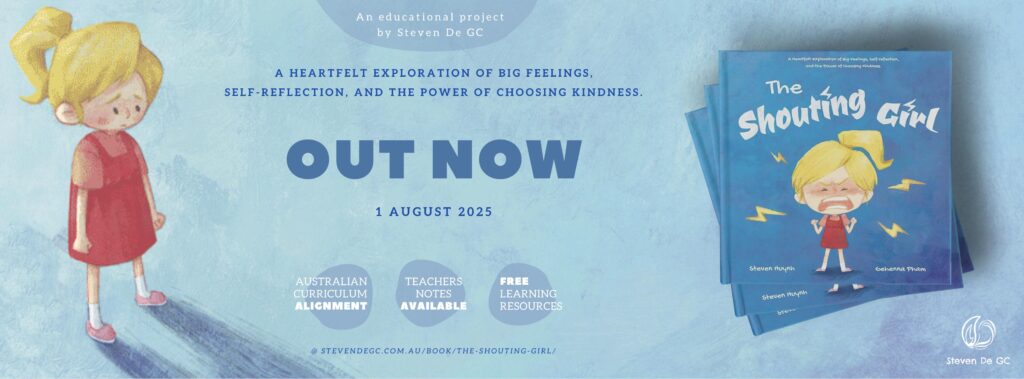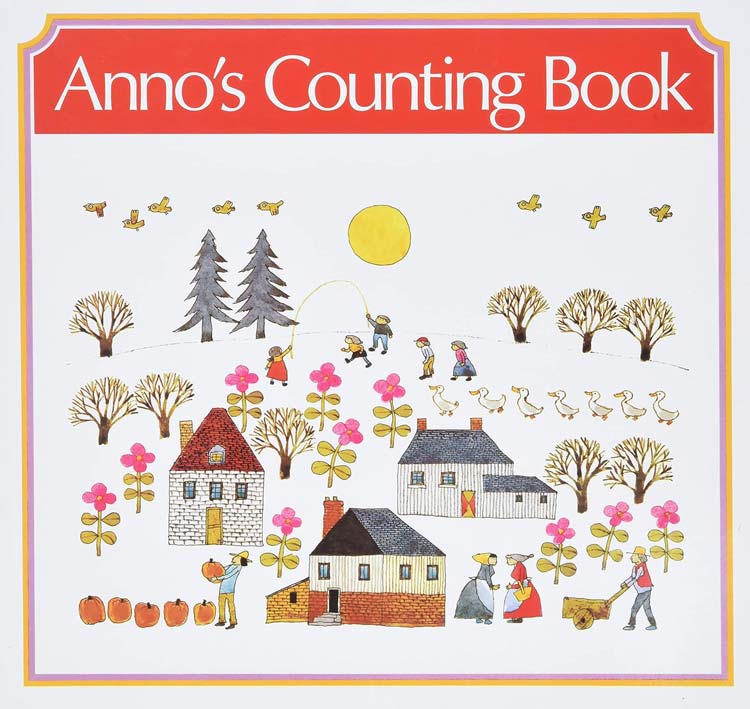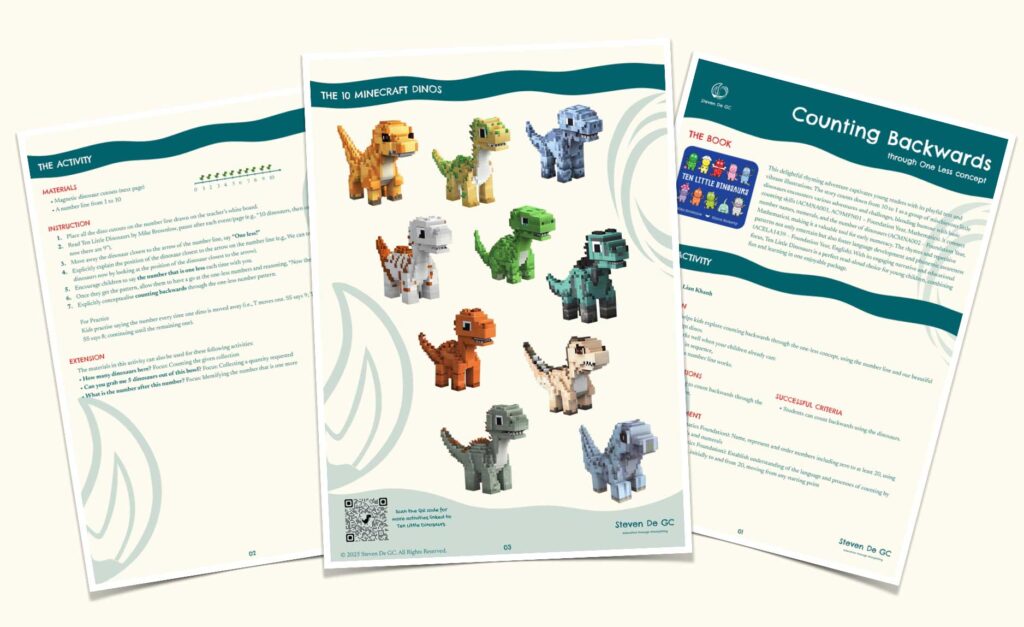Written & illustrated by Mitsumasa Anno, published by HarperCollins AU
Anno’s Counting Book by Mitsumasa Anno is a beautifully illustrated and engaging book that introduces young children to the concept of numbers and counting. As the story unfolds, readers are invited to follow a journey through various landscapes, counting objects and animals along the way. This simple yet captivating narrative allows children to practise recognising numerals and matching them with corresponding quantities (AC9MFN01 – Foundation Year, Mathematics).
The book’s enchanting illustrations and gentle pacing make it a perfect resource for young learners to develop early number sense, visualising quantities, and building a strong foundation for understanding numbers in a real-world context. By combining storytelling with mathematical concepts, Anno’s Counting Book encourages curiosity and exploration, fostering a love for both reading and maths.














Leave a Reply